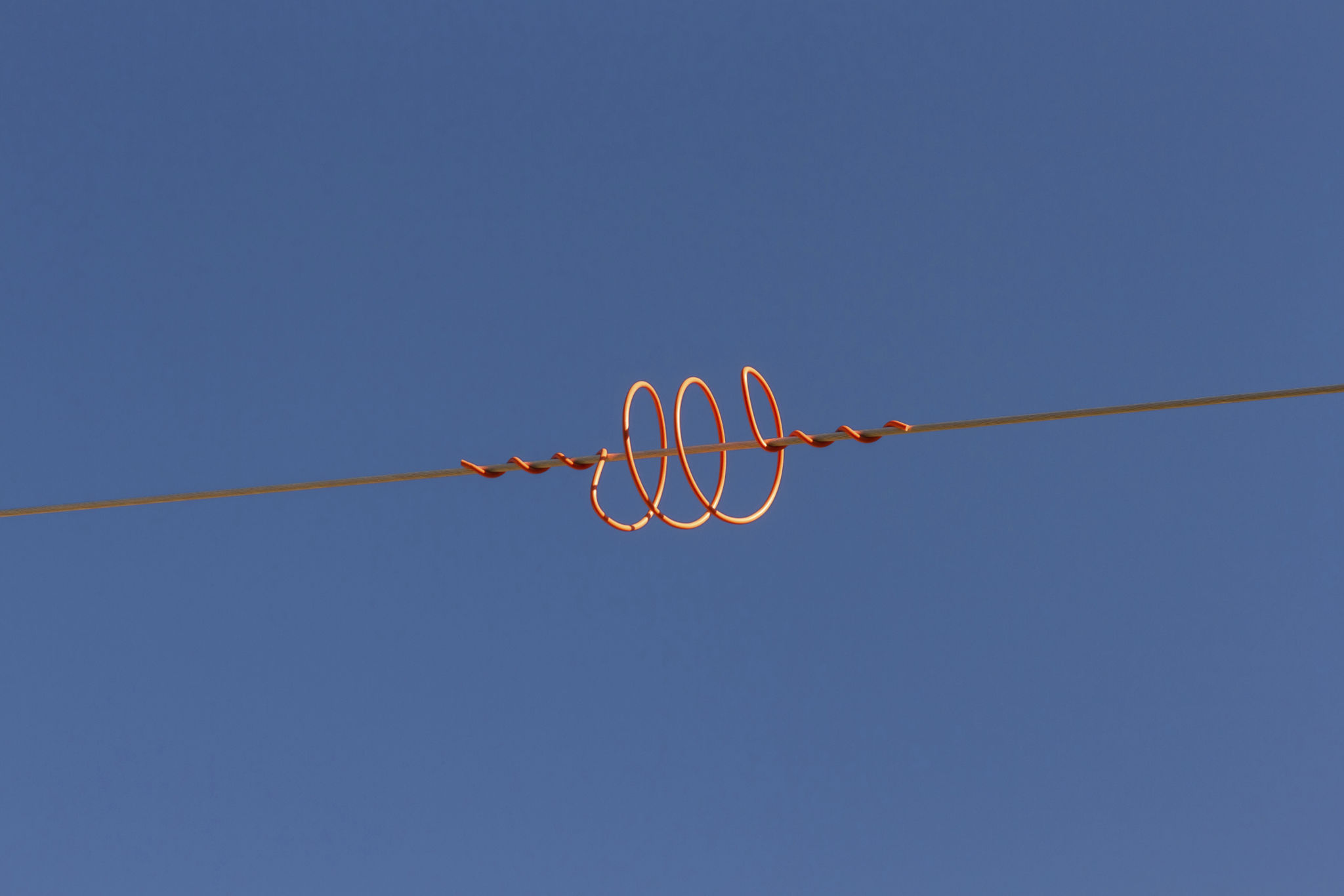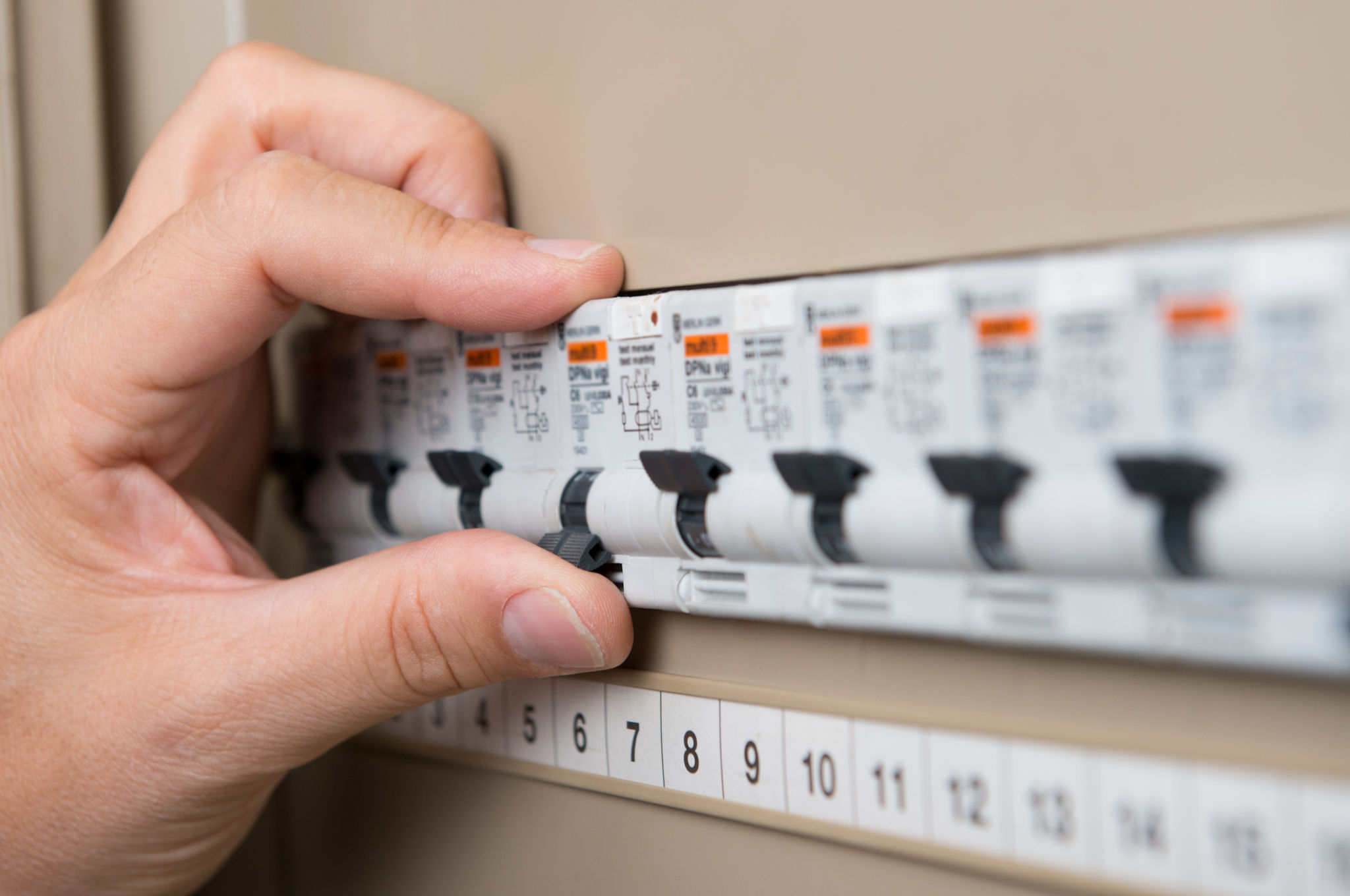Myth-Busting: Common Misconceptions About Electric Line Diverters
Understanding Electric Line Diverters
Electric line diverters are essential components in managing power distribution systems, yet they often come surrounded by myths and misconceptions. As their usage becomes more widespread with the increasing demand for efficient energy solutions, it is crucial to separate fact from fiction. In this blog post, we will debunk some common misconceptions about electric line diverters, providing clarity and understanding for both consumers and professionals in the field.

Myth 1: Electric Line Diverters Are Unreliable
One of the most pervasive myths is that electric line diverters are unreliable. This misconception likely stems from a misunderstanding of their function and the technology behind them. In reality, modern electric line diverters are highly reliable due to advancements in engineering and technology. They are designed to handle various conditions and provide consistent performance, ensuring that power distribution is both safe and efficient.
Myth 2: They Are Only Necessary for Large-Scale Operations
Another common myth is that electric line diverters are only necessary for large-scale operations, such as industrial plants or large commercial buildings. However, these devices are equally important for smaller applications, including residential settings. Whether managing power in a small home or a vast industrial complex, electric line diverters help maintain stability and efficiency in the electrical grid.

The Role of Electric Line Diverters
To better understand why the above myths are misconceptions, it's important to recognize the role that electric line diverters play. These devices help manage power loads by redirecting electricity where it is needed most, preventing overloads and potential outages. By balancing electrical demand, they contribute significantly to the overall efficiency and reliability of the power distribution network.
Myth 3: They Are Expensive and Not Cost-Effective
The perception that electric line diverters are prohibitively expensive is another myth that needs addressing. While there is an initial investment, the long-term savings they offer by preventing power losses and reducing outages make them a cost-effective solution. Moreover, as technology advances, the cost of these devices continues to decrease, making them more accessible to a wider range of users.

Myth 4: Installation Is Complex and Disruptive
Many people believe that installing electric line diverters is a complex process that disrupts daily operations. However, with the help of professional electricians and engineers, installation can be straightforward and minimally invasive. Modern designs focus on ease of integration into existing systems, ensuring that any disruptions are kept to a minimum.
Conclusion
In summary, electric line diverters are crucial in maintaining efficient and reliable power distribution. Overcoming these myths is essential for understanding their true value and benefits. As technology continues to evolve, these devices will become even more integral in both small-scale and large-scale energy solutions. By dispelling these misconceptions, we can better appreciate the importance of electric line diverters in our ever-growing need for sustainable energy management.